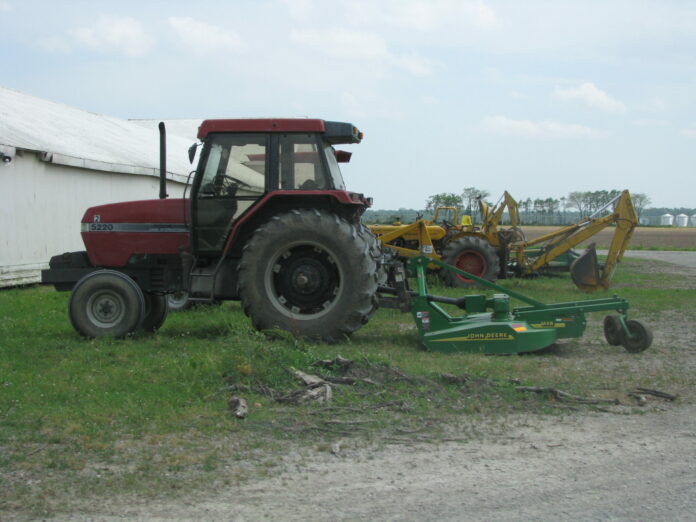Photo credit: DiasporaEngager (www.DiasporaEngager.com).
Gathering friends and family is fun, but beware of uninvited party guests. Foodborne germs can crash your buffet and make people sick with food poisoning. When cooking, preparing, or serving food for large groups, follow these steps to keep food safe.
Keep It Clean
- Wash your hands with soap and running water for at least 20 seconds before, during, and after preparing food and before eating. Wash your hands after using the bathroom and touching pets.
- Wash your cutting boards, dishes, utensils, and countertops with hot, soapy water or in the dishwasher after preparing each food item.
Separate Raw Meat From Other Foods
- Separate raw meat, chicken and other poultry, seafood, and eggs from foods that won’t be cooked before eating, such as fruit, salad greens, deli salads, and bread.
- Keep raw meat, poultry, seafood, and eggs separate from other foods when shopping for groceries and in the refrigerator.
- Use one cutting board, plate, or knife for raw meat, poultry, and seafood and a separate cutting board, plate, or knife for produce, bread, and other foods that won’t be cooked.
Cook to a Safe Temperature
Serve Foods Safely
- If preparing food in advance, divide cooked food into shallow containers and store in a refrigerator or freezer. Using shallow containers encourages rapid, even cooling.
- Keep hot foods hot at 140°F or warmer. Use slow cookers, chafing dishes, and warming trays to keep food hot on the buffet table.
- Keep cold foods cold at 40°F or below. Use small serving trays and replace often with fresh platters from the refrigerator, or place serving dishes in bowls of ice so they stay chilled.
- For picnics and other outdoor meals, keep cold food in a cooler filled with ice or frozen gel packs until just before serving.
- Catering or getting food delivered? Make sure food that is catered or delivered stays at a safe temperature.
The Two-Hour Rule
- Some foods will quickly become unsafe to eat if not refrigerated or frozen. This includes food like meat, poultry, seafood, dairy, cut fruit, some vegetables, and cooked leftovers.
- Throw away any of these perishable foods that have been left out for 2 hours or more.
- Toss them after 1 hour if they’ve been sitting out at temperatures above 90°F, such as food served at a picnic or outdoor gathering.
Store and Reheat Leftovers the Right Way
- Divide leftovers into smaller portions or pieces for faster cooling, place in shallow containers, and refrigerate or freeze.
- Leftover foods should be refrigerated at 40°F or below as soon as possible and within 2 hours of preparation. It’s OK to put hot foods directly into the refrigerator in small portions.
- Leftovers should be reheated to at least 165°F before serving. This includes leftovers warmed up in the microwave.
- Learn how long food can be stored safely in the refrigerator and freezer.
Source of original article: Centers for Disease Control and Prevention (CDC) / CDC Features Series (tools.cdc.gov).
The content of this article does not necessarily reflect the views or opinion of Global Diaspora News (www.GlobalDiasporaNews.com).
To submit your press release: (https://www.GlobalDiasporaNews.com/pr).
To advertise on Global Diaspora News: (www.GlobalDiasporaNews.com/ads).
Sign up to Global Diaspora News newsletter (https://www.GlobalDiasporaNews.com/newsletter/) to start receiving updates and opportunities directly in your email inbox for free.


































